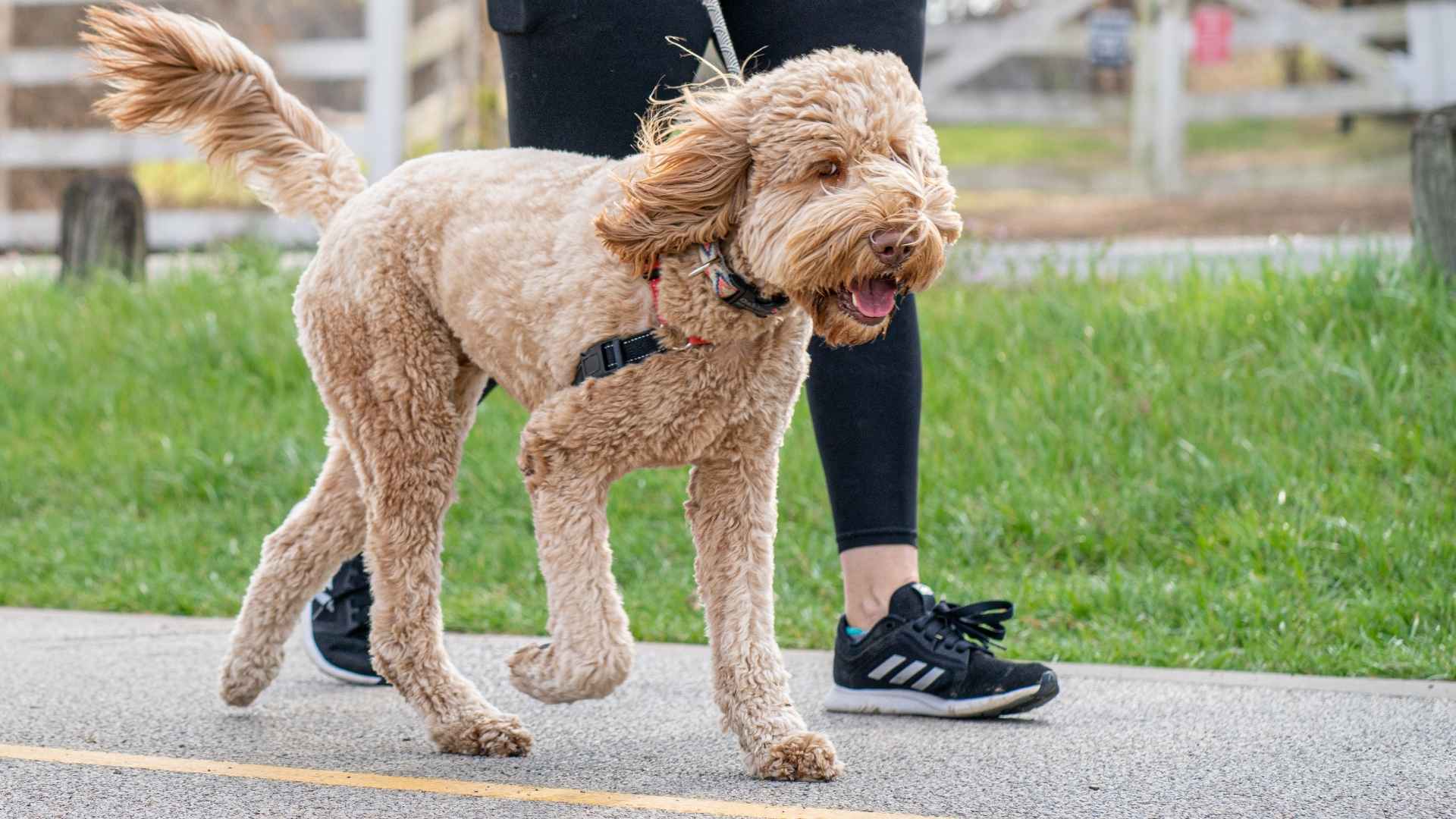Finding the right walking companion isn’t just about loyalty; it’s about pace. Maybe you’re an energetic power-walker looking for a canine buddy who can keep up without breaking a sweat, or perhaps you enjoy leisurely strolls and want a furry friend who’s happy to take it slow. Whatever your rhythm, choosing a dog that matches your walking speed can make your daily outings more enjoyable for both of you.
Many dogs were originally bred for tasks that required them to stay on their feet, herding, hunting, or even guarding flocks across vast distances. These breeds often have the stamina and enthusiasm to keep up with brisk walkers or runners. Others, however, prefer a calm pace and take every opportunity to pause and sniff the roses. Matching a dog’s natural stride to your own helps prevent strain or frustration on both ends of the leash.
Whether you’re navigating city sidewalks or forest trails, the perfect walking companion is out there. From tireless trotting breeds to mellow strollers, this article explores the best dogs to suit every walking speed and lifestyle.
Dog Breeds That Match Your Walking Speed
1. Border Collie
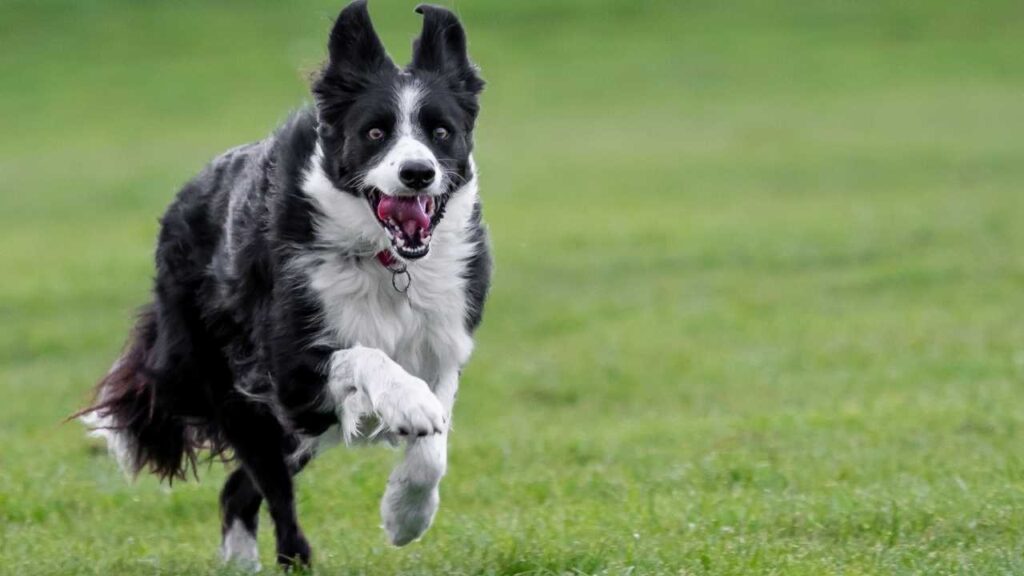
If your ideal walking pace is closer to a jog, or even a sprint, the Border Collie might be your perfect match. Bred for herding and renowned for their unmatched intelligence and agility, these dogs are made to move. According to the AKC, the Border Collie is a highly energetic, loving, and intelligent breed.
Their natural herding instincts and relentless energy make them more than just fast, they’re intuitive, alert, and responsive, keeping pace with you stride for stride. But fair warning: a casual stroll won’t cut it for this high-octane breed.
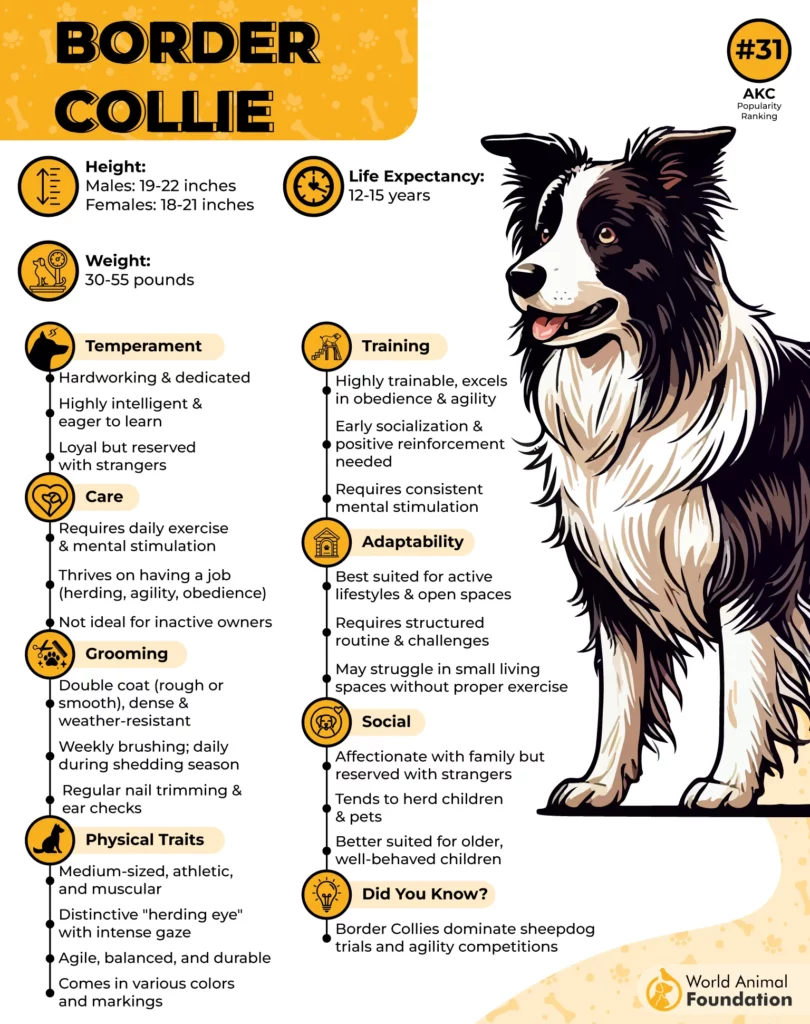
Exercise
Border Collies demand far more than a daily walk. They thrive on structured, intense physical activity, whether it’s herding livestock or sprinting through long runs.
Their boundless energy and drive require consistent engagement, think running multiple times a week, frisbee sessions, or even flyball tournaments. If left under-stimulated, they can channel their energy into less desirable behaviors, like nipping or obsessive chasing.
Fun Fact: Border Collies can run long distances with remarkable stamina and even perform well in chilly weather, just steer clear of deep snow, which can cling to their dense fur.
2. Dalmatian
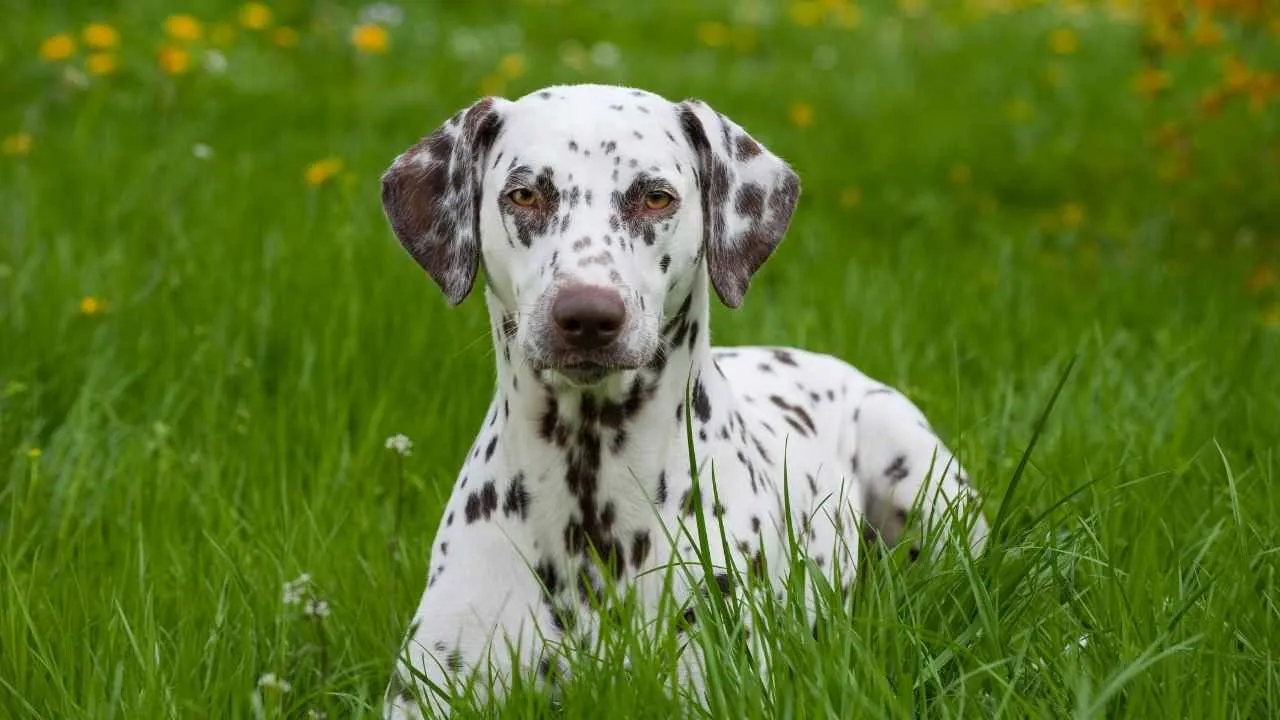
Originally bred to trot alongside horse-drawn carriages, Dalmatians are built for endurance and thrive when they have room to move and a purpose to follow. Britannica reports that the Dalmatian is a lively and enjoyable companion, best suited for active individuals.
While affectionate with family and usually friendly with other pets, their high energy may be overwhelming for very young children or elderly people. Their graceful stride and athletic build make them natural companions for power walkers and joggers alike. While friendly and poised, these dogs need structure and stimulation to remain happy and well-behaved.
Exercise
This breed isn’t satisfied with just a stroll around the neighborhood. Dalmatians require vigorous daily exercise, ideally in the form of a long-distance walk, trail hike, or soft-surface run. Their stamina makes them great for active lifestyles, but they should always be exercised in secure areas, as they have a tendency to roam and may not reliably return when called.
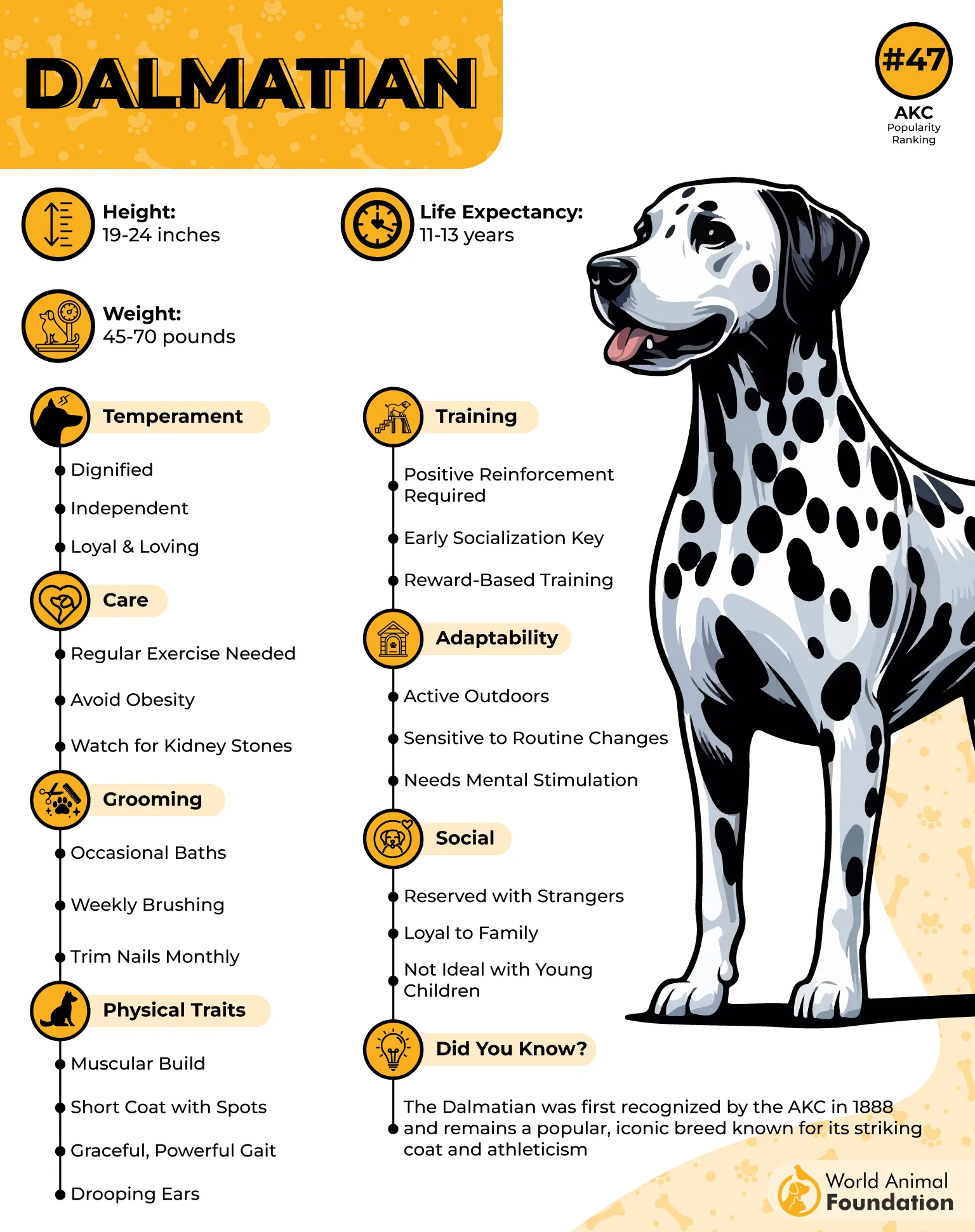
Without proper outlets, Dalmatians can become restless and destructive. Engaging them in sports like road trials or nose work can channel their energy constructively.
Fun Fact: Dalmatians were historically used by firefighters to calm horses and guard fire wagons, a legacy that earned them their iconic firehouse dog status.
3. Greyhound
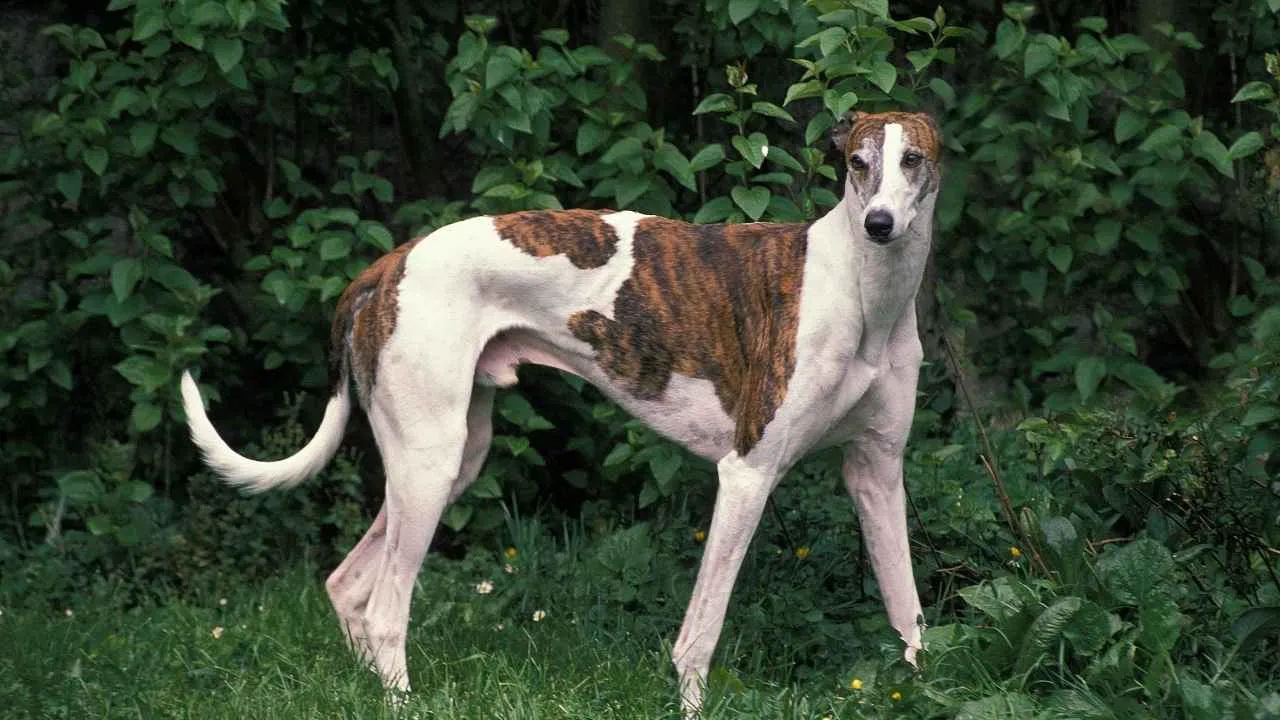
They have a sleek frame and a history as racing legends. PetMD notes that the Greyhound is a type of sighthound, relying on sharp vision and swift agility to chase prey, unlike scent hounds that depend on smell and stamina. Their slim, lightweight build is ideal for high-speed pursuits.
These gentle giants may be the fastest dogs in the world, yet they’re surprisingly content with moderate-paced walks. Their calm and laid-back personalities make them ideal companions for individuals who enjoy a brisk daily stroll without aiming for marathon distances.
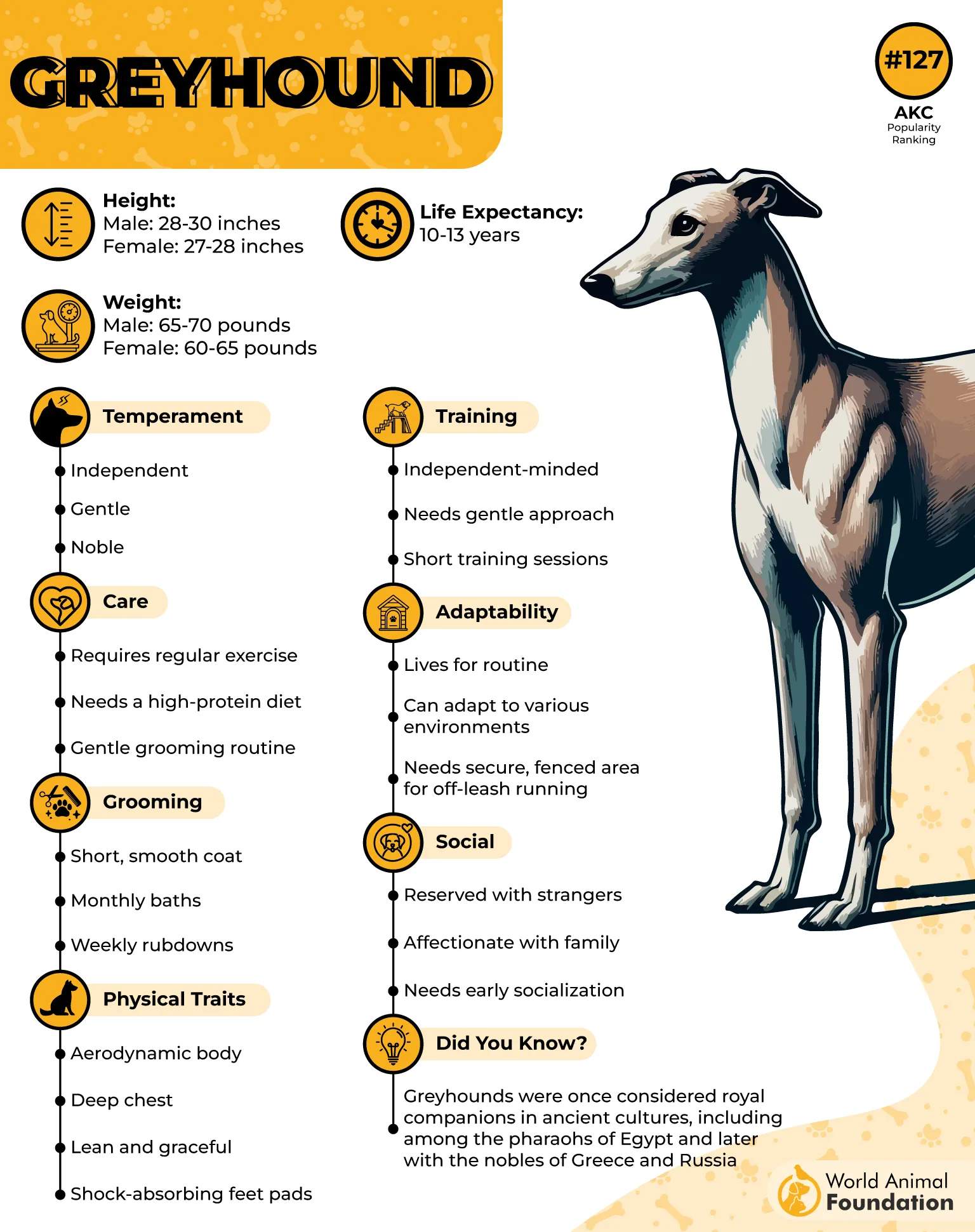
Exercise
Though bred for speed, Greyhounds are sprinters at heart, not endurance athletes. They’re happiest with short, energetic bursts of activity followed by long lounging sessions. A couple of structured walks or quick runs per day is usually enough to keep them satisfied.
Despite their athletic build, they don’t demand constant exercise, just enough to stay mentally engaged and physically fit. Off-leash play should be reserved for fenced areas due to their strong prey drive and instinct to chase.
Fun Fact: Greyhounds stand between 27–30 inches tall and weigh around 60–70 pounds, yet they’re famously known as the “couch potatoes” of the canine world.
4. Siberian Husky
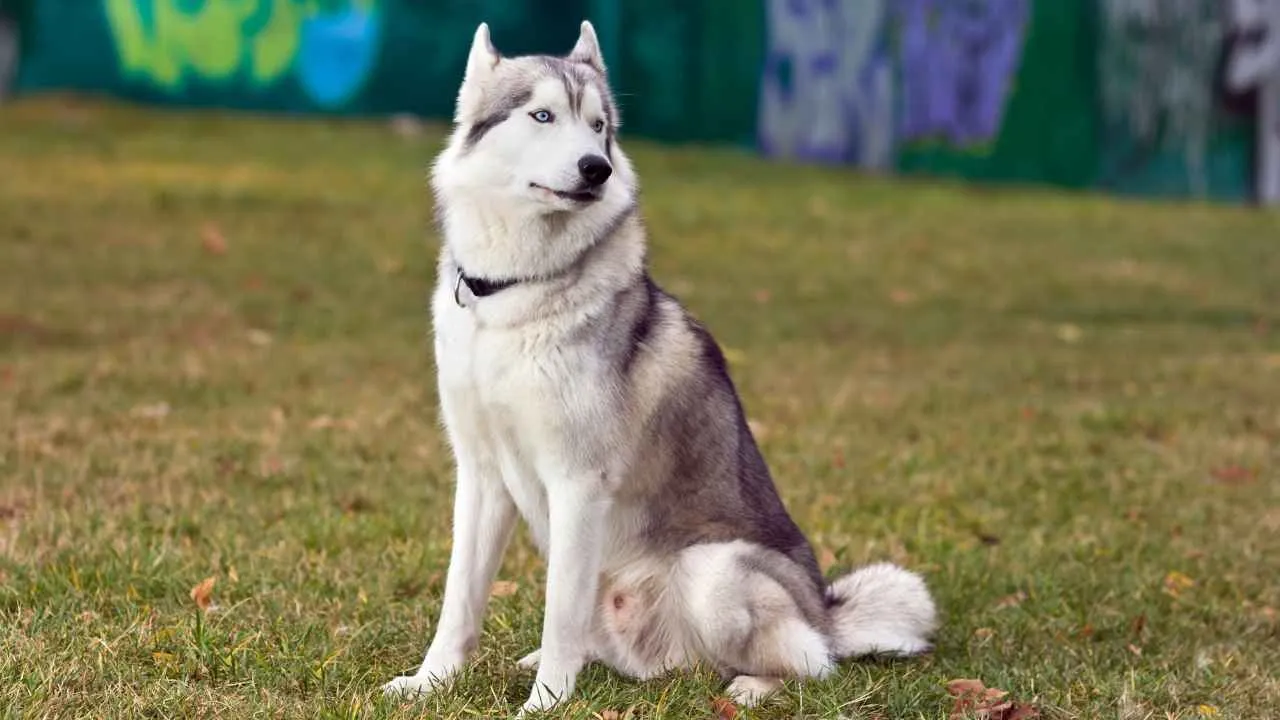
Bred to traverse frozen landscapes while pulling sleds, Huskies excel at covering long distances with remarkable efficiency. Hills Pet explains that Siberian Huskies often dig, especially in warmer weather, as a way to create cooler spots to rest.
Their rhythmic, steady gait is perfect for people who prefer energetic walks, especially in cooler climates where these dogs truly shine. With their alert, friendly nature and striking appearance, they’re as engaging as they are athletic.
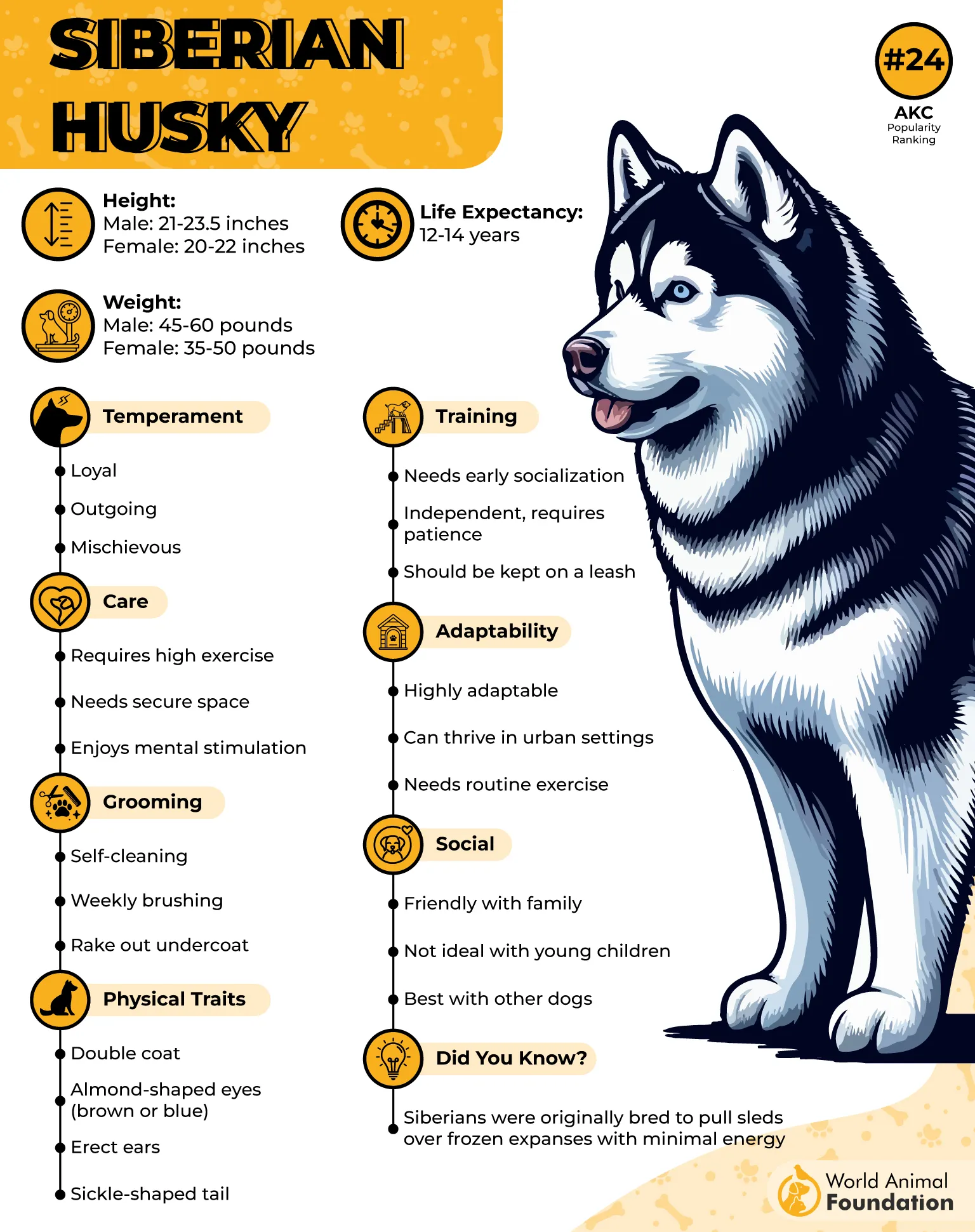
Exercise
Siberian Huskies need more than just a daily stroll; they flourish with vigorous activity. At minimum, they require 40 minutes of exercise each day, ideally involving running or fast-paced movement to channel their energy.
Without regular outlets, Huskies can become restless and develop undesirable habits. Their robust stamina and need for mental and physical stimulation make them a rewarding challenge for active owners who enjoy the outdoors.
Fun Fact: Siberian Huskies are not only known for their speed and endurance, but they can also have two different colored eyes, a condition known as heterochromia.
5. Jack Russell Terrier

Don’t let their small stature fool you, Jack Russell Terriers are turbo-charged walking companions. Originally bred for fox hunting, these fearless little dogs are bursting with energy and need regular outlets for their zestful nature.
Purina describes the Jack Russell Terrier as the ultimate “big dog in a small body,” full of boldness and spirit. Despite their small size, they approach life with confidence, energy, and a cheerful attitude.
Their intelligence and curiosity can turn even a simple stroll into an action-packed adventure, especially if they catch a scent worth chasing. Quick on their paws and always alert, they’ll keep up with a brisk walker and then some.
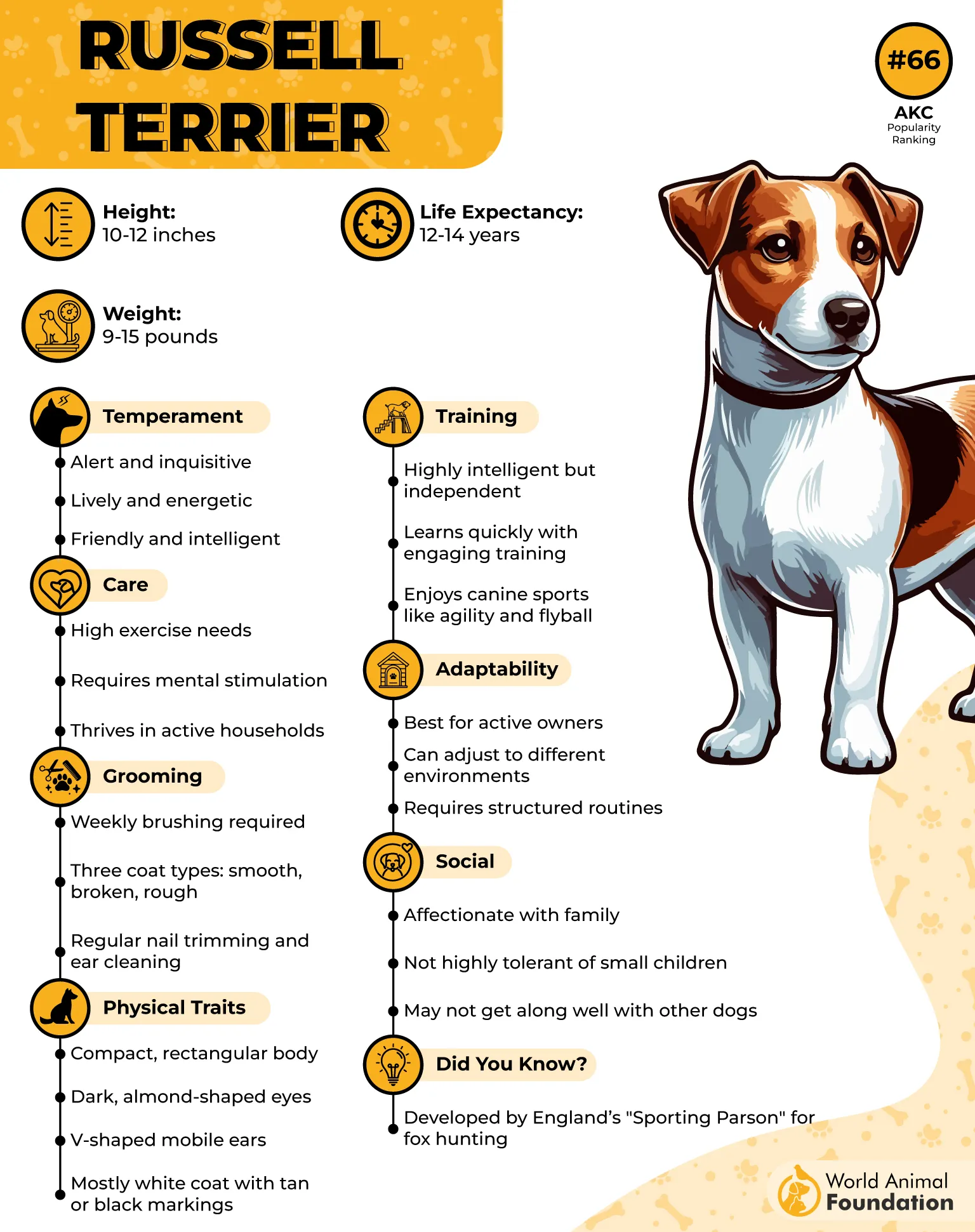
Exercise
Matching your walking speed won’t be a challenge for a Jack Russell; slowing them down might be. These tenacious terriers need a minimum of one hour of exercise daily, with shorter-legged types doing well with steady walks and play.
Taller, more athletic variants may require up to two hours per day. Beyond walking, incorporating games, problem-solving tasks, or dog sports like CaniX will keep them mentally and physically satisfied.
Fun Fact: King Charles III and the Queen Consort share their home with two rescue Jack Russells adopted from Battersea Dogs and Cats Home.
6. Standard Poodle
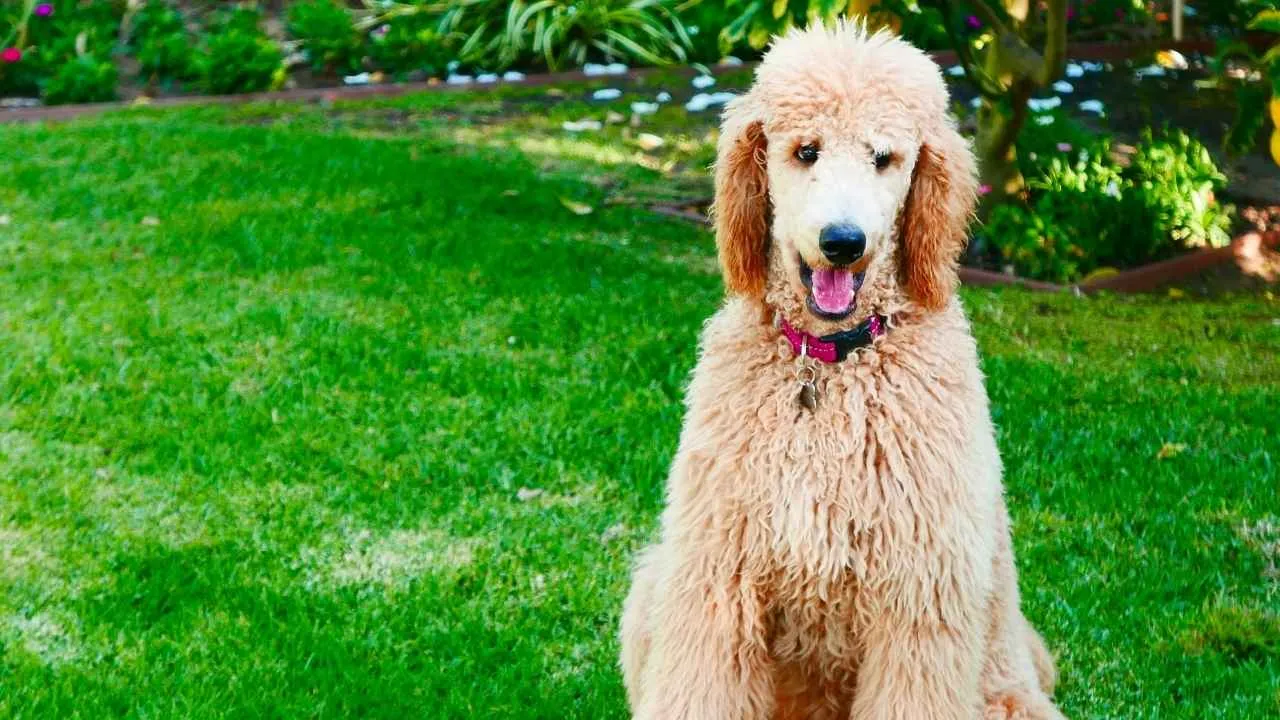
With a proud posture and a springy stride, this breed moves with grace and precision, making them a great match for individuals who enjoy brisk, purposeful walks. Whether you’re gliding through neighborhood streets or navigating uneven trails, Poodles are eager to accompany you, matching your tempo with effortless ease.
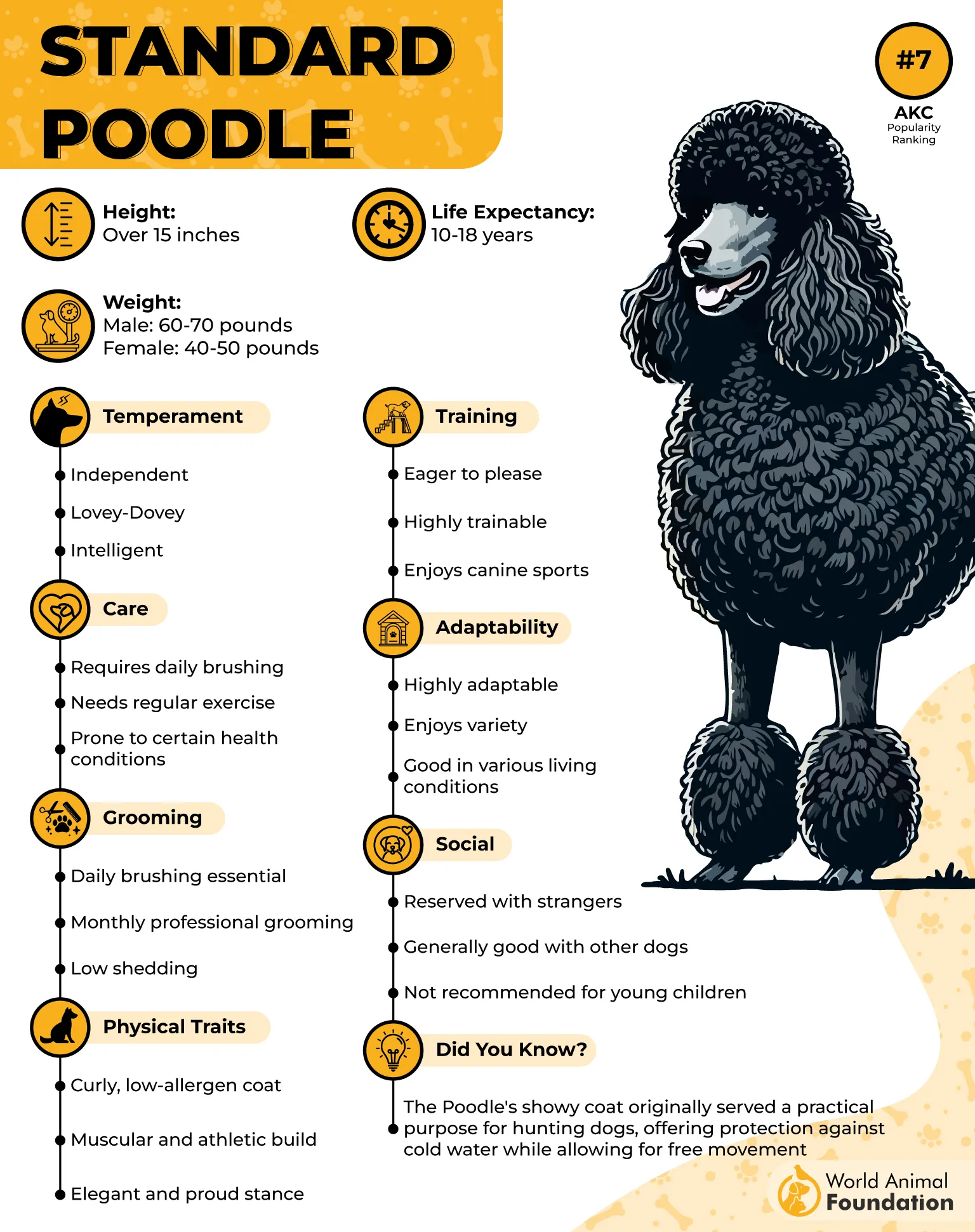
Exercise
Standard Poodles are energetic and thrive on physical and mental stimulation. Their history as retrievers gives them a natural love for activity, especially fetching and swimming. These dogs enjoy variety, from trail hikes to city strolls, and even long, steady runs.
Their playful nature can be a delightful motivator on days when your own energy dips. Daily exercise is a must to keep their bodies fit and their minds sharp. Without it, boredom can set in, leading to restless or destructive behavior.
Fun Fact: Despite their dignified appearance, Standard Poodles are often happiest romping through water, thanks to their origins as water retrievers.
7. Vizsla
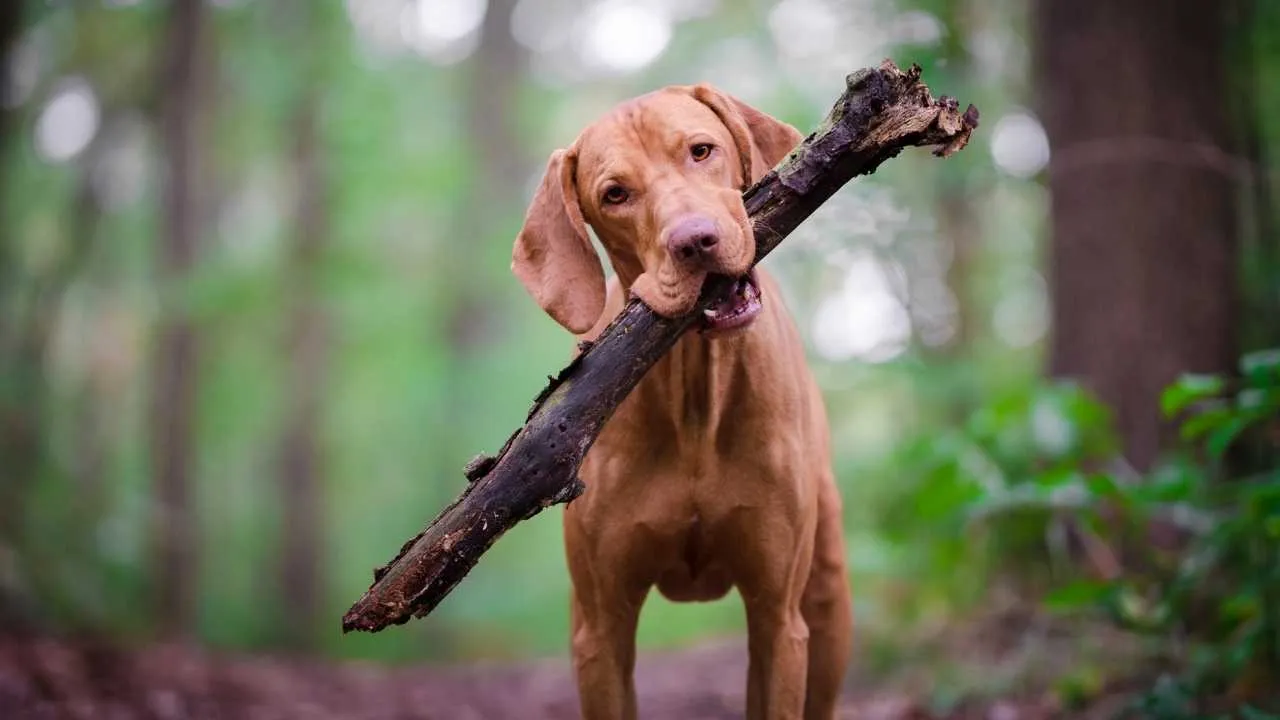
Bred centuries ago by Hungarian hunters, Vizslas were valued for their incredible stamina and unwavering pace while tracking game. Today, their graceful, long-legged gait allows them to glide beside you, whether you’re power-walking around the block or hitting nature trails at a brisk pace. They’re also known for their affectionate personality and desire to be close to their humans at all times.
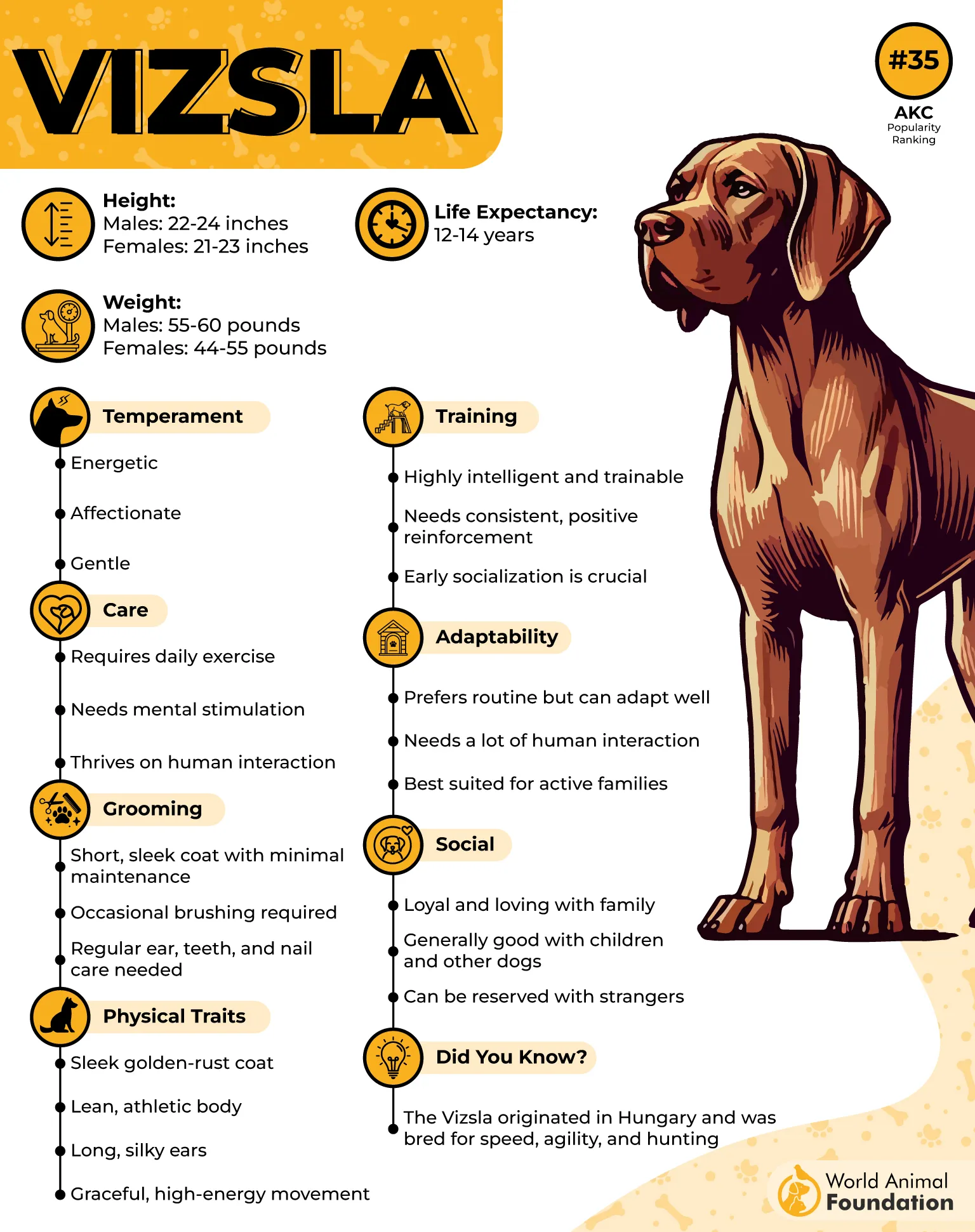
Exercise
Vizslas thrive on movement and stimulation. While every dog is different, they typically need at least an hour of vigorous activity each day to stay happy and well-balanced. A mix of long run alongside interactive games like fetch helps burn off their boundless energy.
Without this outlet, their intelligence and curiosity can easily turn destructive. Even as they age, these dogs remain lively, making them ideal companions for those with an active lifestyle.
Fun Fact: Vizslas are so versatile and tireless that runners often describe them as running on “autopilot” thanks to their effortless, ground-covering stride.
8. Weimaraner
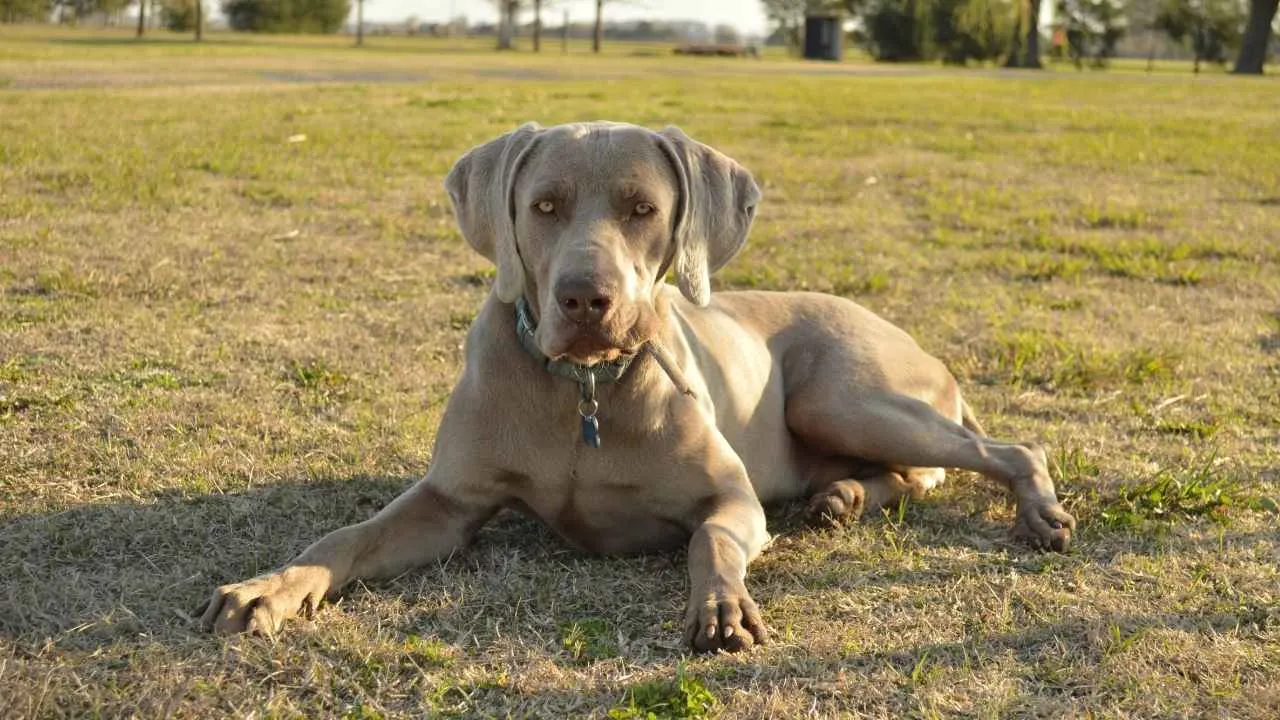
The Weimaraner is a sleek and athletic breed. These dogs are not just showstoppers with their silvery coats, they’re born to roam. Their energetic nature makes them a perfect match for people who enjoy brisk walking, long-distance hikes, or trail running.
However, their strong prey drive means they should always be leashed in open areas, as a curious squirrel could spark an unexpected sprint. If your lifestyle is active and outdoorsy, the Weimaraner will gladly keep pace, tail wagging all the way.
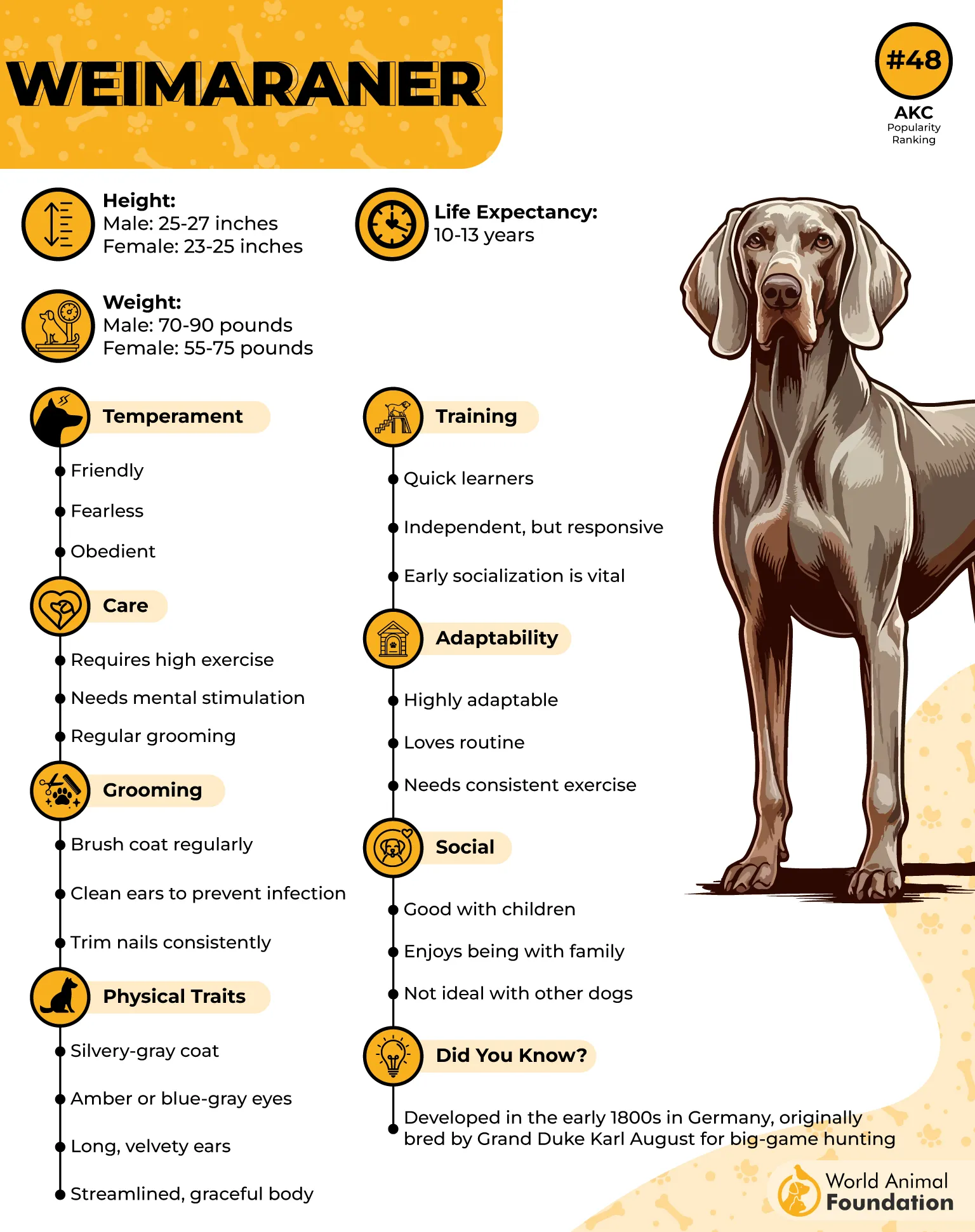
Exercise
Weimaraners require a minimum of two hours of vigorous exercise every day. This should include extended walks and spending time off-leash in a secure space, as well as mentally stimulating activities like fetch or puzzle games.
Their lean, muscular build and natural stamina make them great running partners, especially for those who enjoy fast-paced or trail runs. Without this consistent physical and mental engagement, Weimaraners can become restless and destructive.
Fun Fact: These running dogs are known for forming incredibly strong bonds with their family and may become anxious if left alone too often.
9. Pit Bull
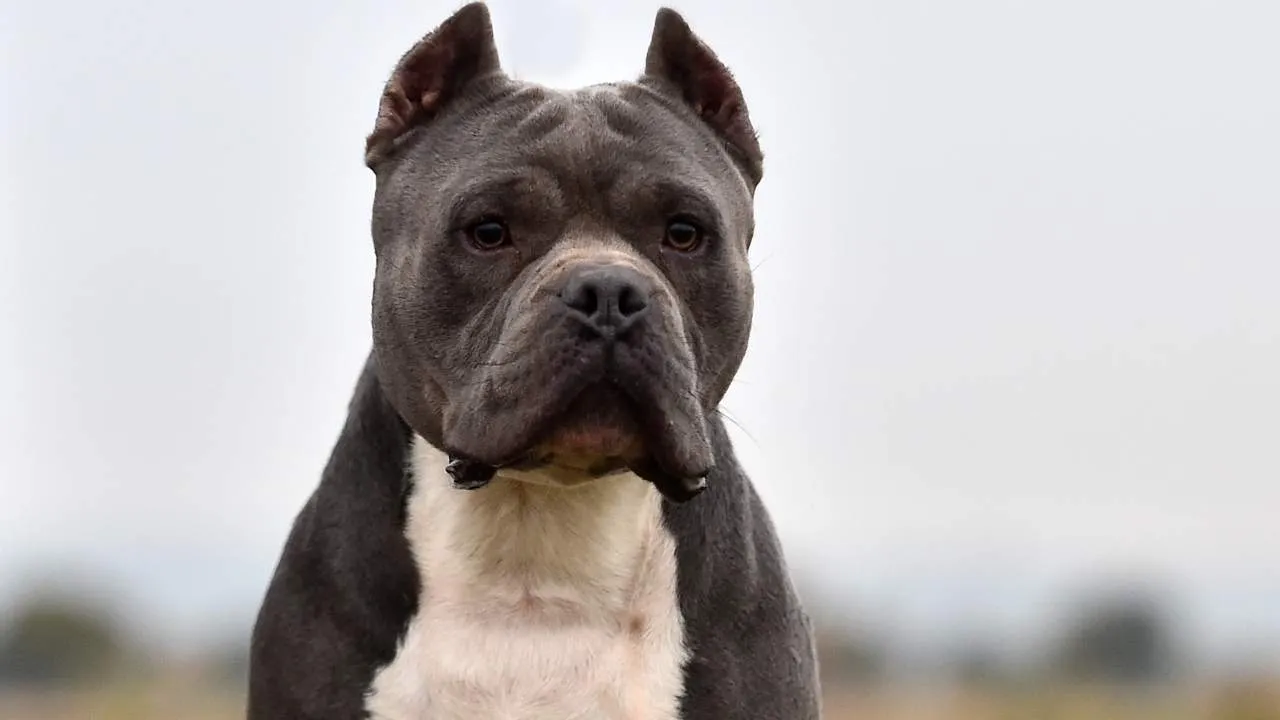
Often misunderstood but immensely loyal, the Pit Bull, also known as the American Pit Bull Terrier, can be a surprisingly compatible match for walkers with a steady pace. These muscular dogs aren’t built for long marathons but are excellent at keeping up during brisk, short walks or jogs. With their strong build and determined stride, Pit Bulls give the impression of matching your intensity step for step.
Exercise
Pit Bulls are athletic and thrive when physically and mentally stimulated. While they’re not suited for dog parks due to potential reactivity, they benefit greatly from structured walks using a secure harness to prevent pulling.
Daily leash training should be complemented with yard play, scent work, or obedience training to satisfy their drive. A secure, high fence is essential, as their tenacity and energy can lead to daring escape attempts. They excel in strength-based activities like weight pulling and often enjoy interactive games that engage both body and mind.
Fun Fact: A pit bull band named Caninus featured two real pit bulls “barking” vocals in a grindcore music group.
Conclusion
Choosing the right canine walking companion isn’t just about size or temperament; it’s about stride, endurance, and pace. From high-energy athletes like Vizslas to steadfast breeds like German Shorthaired Pointers, different breeds bring unique rhythm and stamina to your daily walks. Whether you’re racing along a trail at top speed or enjoying the occasional stop to soak in your surroundings, there’s a breed out there that will naturally sync with your routine.
Most dogs love the outdoors, but not all are built for every environment or activity level. If you’re braving cold weather, breeds like German Shepherds and Australian Shepherds are well-suited for the chill, while American Staffordshire Terriers make strong, loyal partners for more moderate climates. Matching your pace means more than just exercise; it fosters connection, enhances health, and ensures that both you and your pup get the most from every step. Whatever your lifestyle, there’s a perfect pawed pace-setter waiting to walk beside you.


